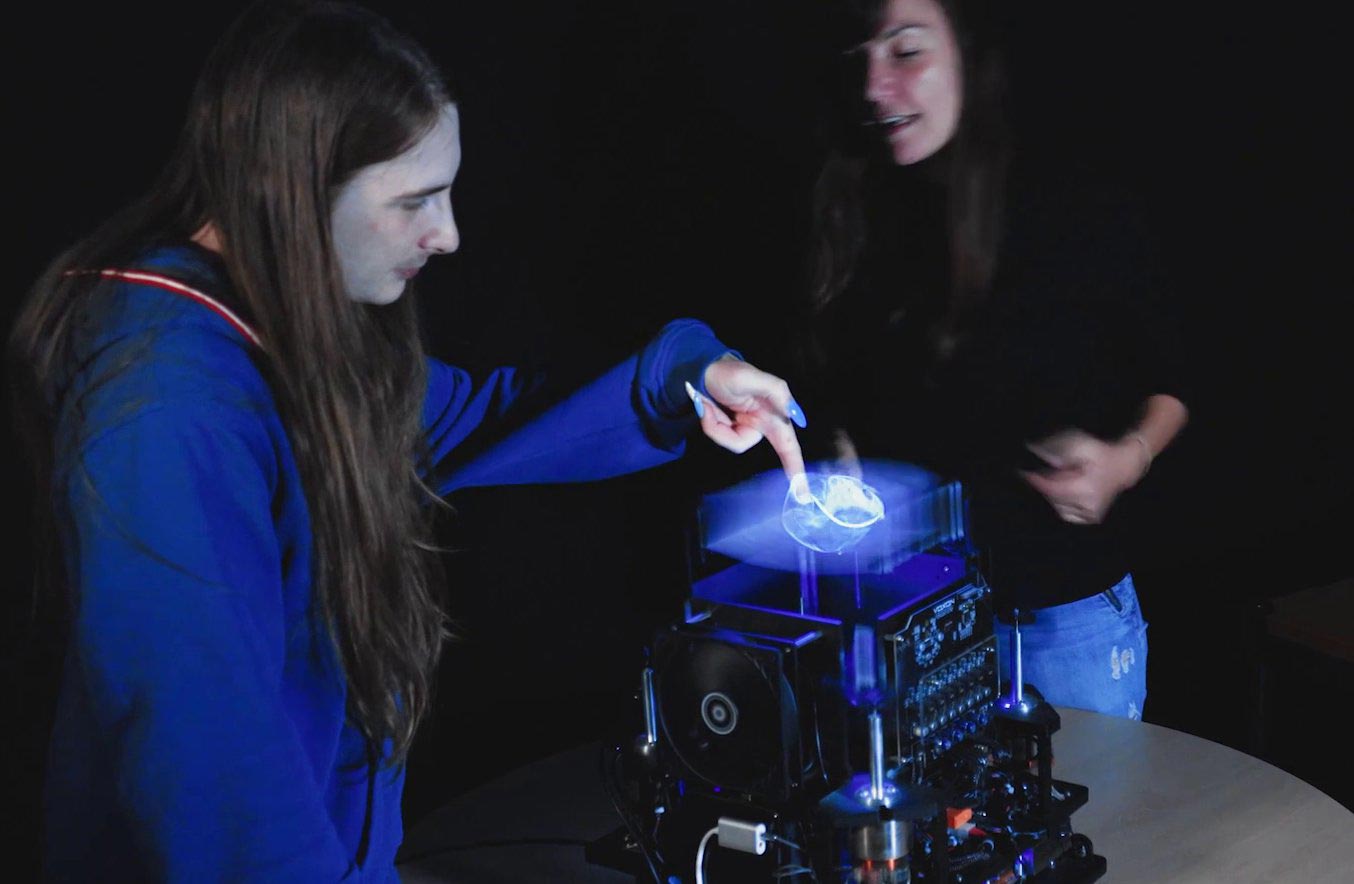Breaking: Sci-Fi Becomes Reality - Researchers Unveil Touchable 3D Holographic Breakthrough

In a groundbreaking technological advancement, researchers at the Public University of Navarra (UPNA) have developed an innovative 3D mid-air display that enables users to interact naturally with virtual objects. Led by Dr. Elodie Bouzbib and her team, including Iosune Sarasate, Unai Fernández, Manuel López-Amo, and Iván Fernández, the project introduces a cutting-edge system that combines an elastic diffuser with high-speed projections.
This revolutionary display technology breaks traditional interaction barriers by creating a seamless, touchless interface where users can manipulate virtual objects in mid-air. The sophisticated design allows for intuitive hand movements, transforming how we might engage with digital content in the future.
By leveraging advanced projection techniques and an innovative elastic diffuser, the research team has opened up exciting possibilities for interactive visual experiences. The system represents a significant leap forward in human-computer interaction, promising potential applications in fields such as medical visualization, design, education, and entertainment.
